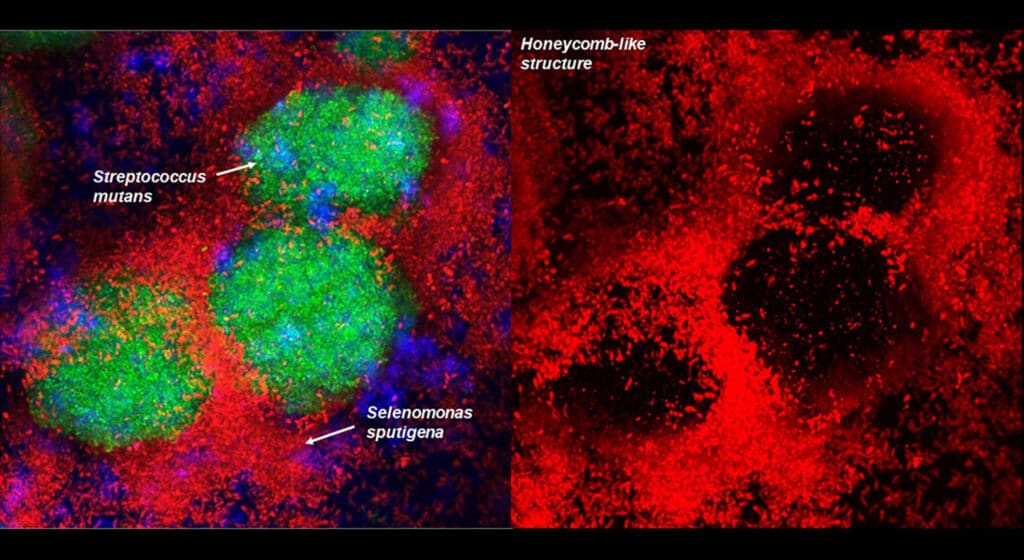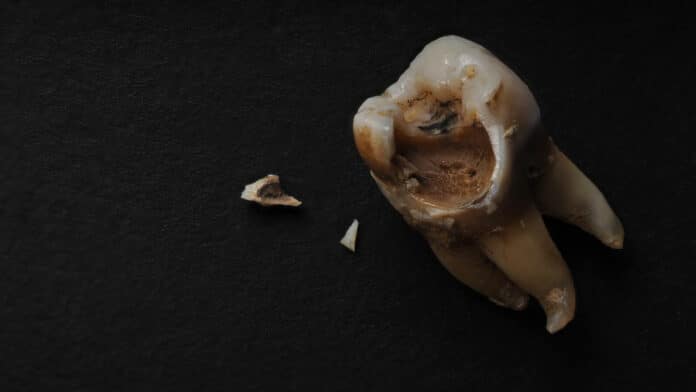In a groundbreaking discovery, the researchers at Koo Lab, in collaboration with their partners, have successfully identified a previously unknown bacterial species that plays a significant role in tooth decay. This breakthrough sheds new light on the complex microbial ecosystem within the oral cavity and its impact on Oral health.
By unraveling the mysteries of this newly identified bacterium, scientists aim to develop targeted interventions and preventive measures to combat tooth decay and improve dental care. The findings of this research have the potential to revolutionize our understanding of oral microbiology and open doors to innovative treatments for dental diseases.
Researchers from the University of Pennsylvania School of Dental Medicine, the Adams School of Dentistry, and the Gillings School of Global Public Health at the University of North Carolina have made a significant discovery regarding tooth decay. Contrary to previous beliefs that Streptococcus mutants were the primary cause of dental caries, the study published in Nature Communications on May 22 revealed that a bacterial species called Selenomonas sputigena plays a significant role in tooth decay.
This bacterium, previously linked only to gum disease, is a crucial partner to S. mutants, significantly amplifying its ability to create cavities. This groundbreaking finding challenges existing notions about the causes of tooth decay. It highlights the complex interactions within the oral microbiome.
“This was an unexpected finding that gives us new insights into the development of caries, highlights potential future targets for cavity prevention, and reveals novel mechanisms of bacterial biofilm formation that may be relevant in other clinical contexts.” said study co-senior author Hyun (Michel) Koo DDS, Ph.D., a professor in the Department of Orthodontics and Divisions of Pediatrics and Community Oral Health and Co-Director of the Center for Innovation & Precision Dentistry at Penn Dental Medicine.
The collaborative study involved researchers from multiple institutions, including Kimon Divaris from the University of North Carolina’s Adams School of Dentistry and Di Wu from the Adams School and UNC Gillings School of Global Public Health. They emphasized the importance of collaborative science in achieving this breakthrough.

Tooth decay, known as caries, is a prevalent chronic disease affecting children and adults globally. It occurs when acid-producing bacteria like Streptococcus mutants form a protective biofilm called plaque on teeth. In a new study, the researchers analyzed plaque samples from 300 children aged 3-5 years, half of whom had caries. They used advanced techniques to examine bacterial gene activity, biological pathways, and microscopic imaging.
The findings validated the role of a specific species of Selenomonas, previously associated with gum disease, in causing cavities. This discovery contributes to our understanding of the complex microbial composition of plaque and its implications for oral health.
The study revealed that while Selenomonas sputigena alone does not cause tooth decay, it can collaborate with Streptococcus mutants, a known cavity-causing bacterium, to intensify the caries process. S. mutants utilize sugar to create sticky glucans that form part of the protective plaque environment. The researchers observed that S. sputigena, equipped with appendages for surface movement, becomes trapped within these glucans. Once trapped, S. sputigena rapidly multiplies, forming intricate honeycomb-shaped structures that encapsulate and shield S. mutants. This partnership leads to a concentrated production of acid, exacerbating the severity of tooth decay.
The findings highlight the complexity of microbial interactions and offer insights into the development of childhood cavities, potentially leading to improved preventive strategies. Disrupting the S. sputigena superstructures using targeted enzymes or more effective brushing techniques could be a potential approach.
Future investigations aim to explore how this anaerobic motile bacterium transitions into the aerobic tooth surface environment, an intriguing phenomenon for microbiologists. The research, co-authored by multiple scientists, provides valuable insights into biofilms’ spatial structure and virulence in early childhood caries.
In conclusion, the collaborative study conducted by Koo Lab and their partners revealed that Selenomonas sputigena, a newly identified bacterial species, plays a significant role in tooth decay by partnering with Streptococcus mutants. This partnership leads to a total production of acid, exacerbating the severity of dental caries. The findings expand our understanding of microbial interactions in oral health and provide insights that could contribute to improved preventive strategies for tooth decay.
Journal Reference:
- Cho, H., Ren, Z., Divaris, K. et al. Selenomonas sputigena acts as a pathobiont mediating spatial structure and biofilm virulence in early childhood caries. Nat Commun 14, 2919 (2023). DOI: 10.1038/s41467-023-38346-3
